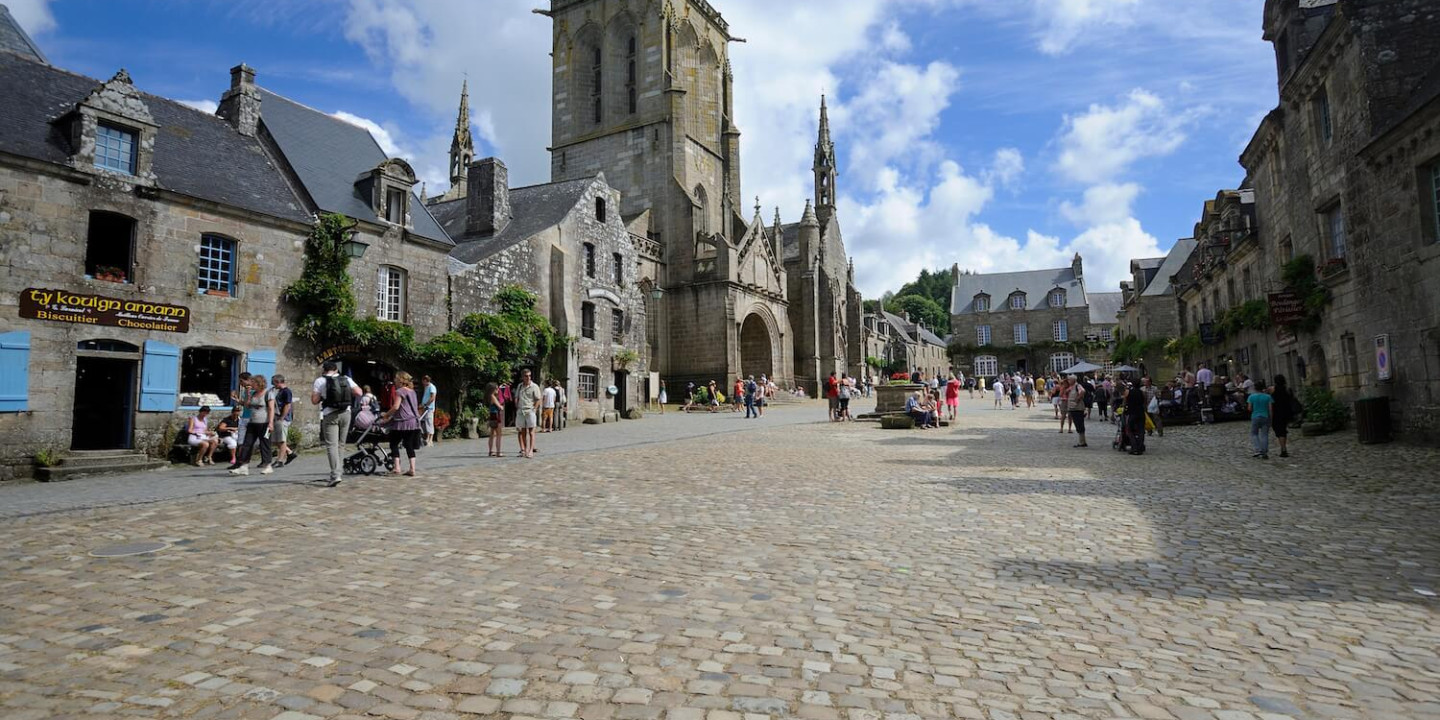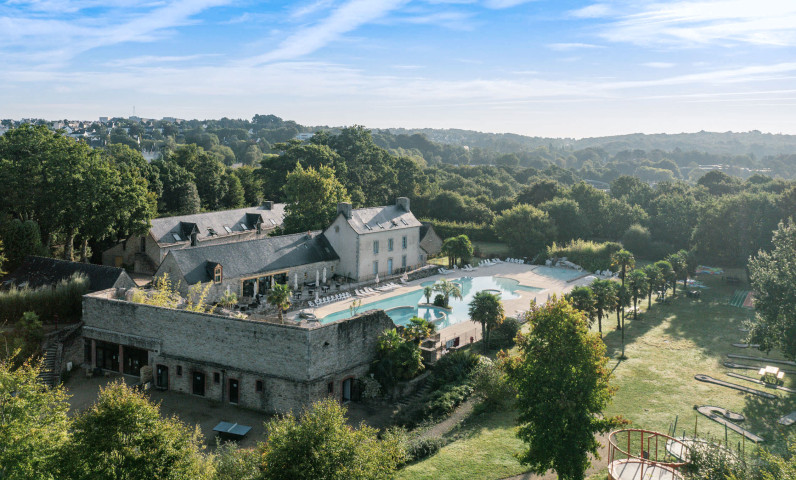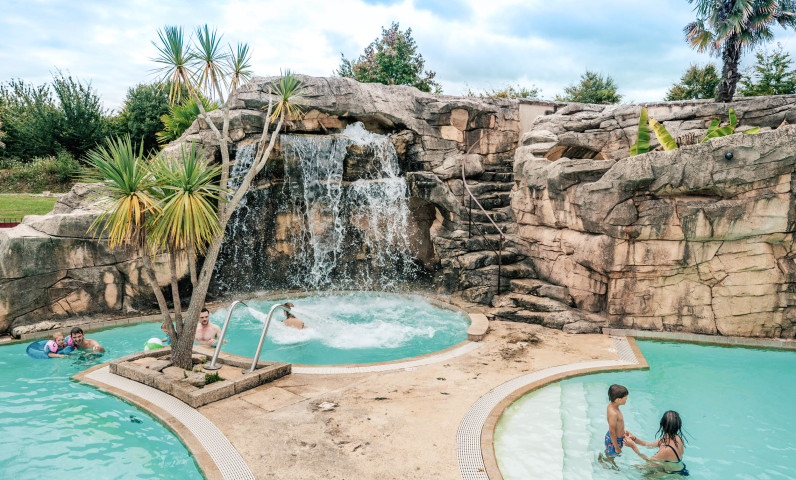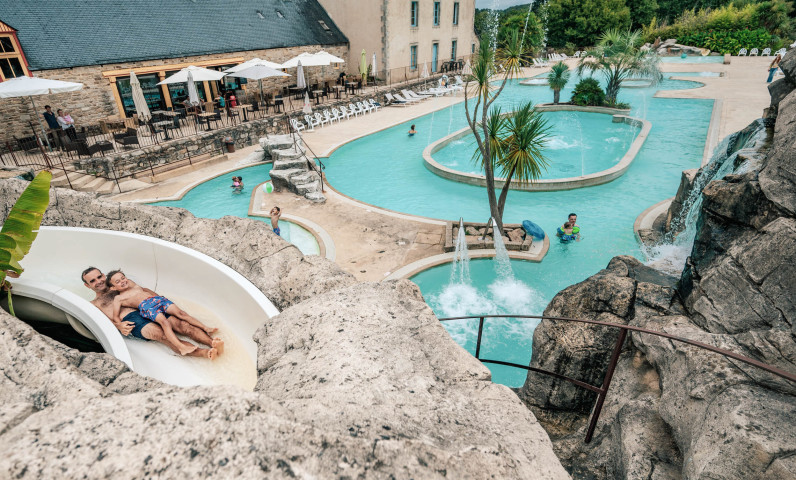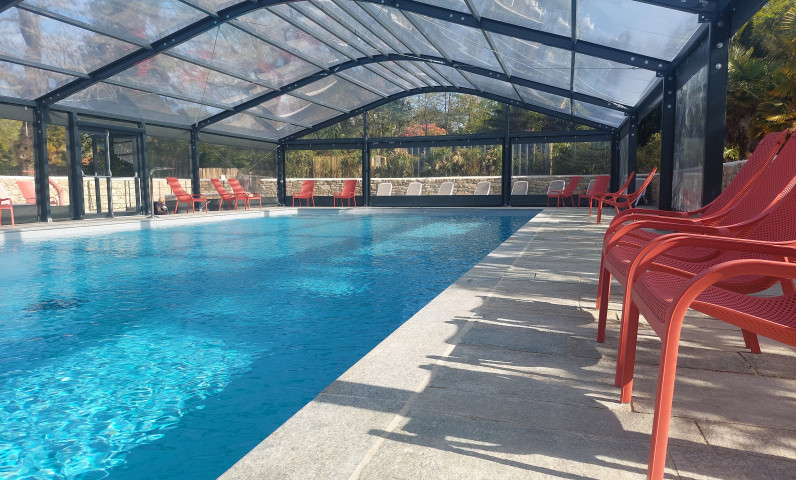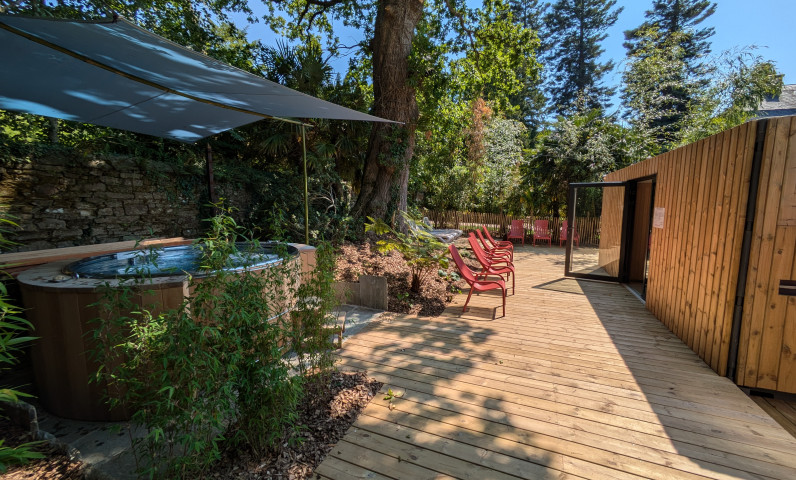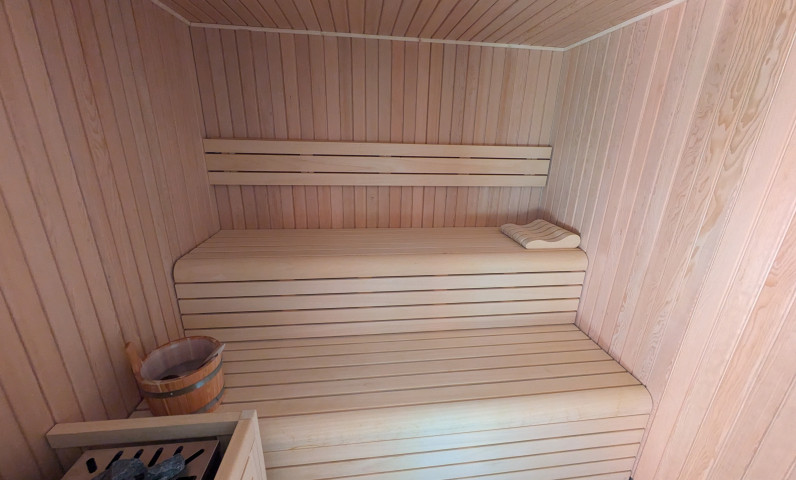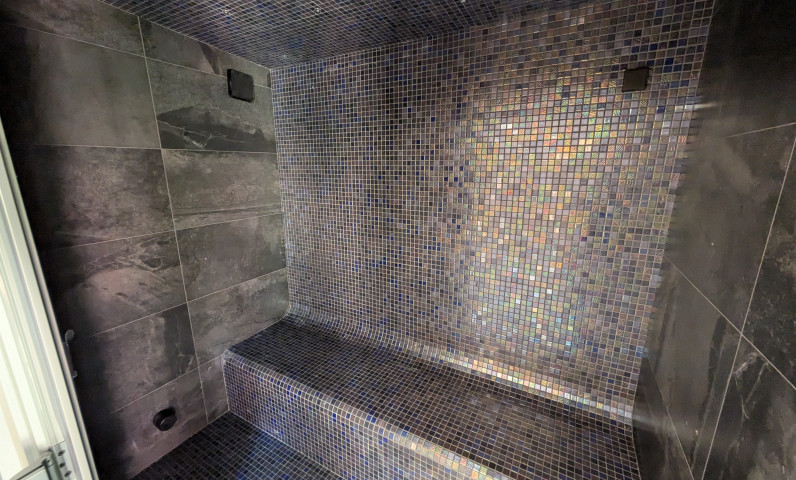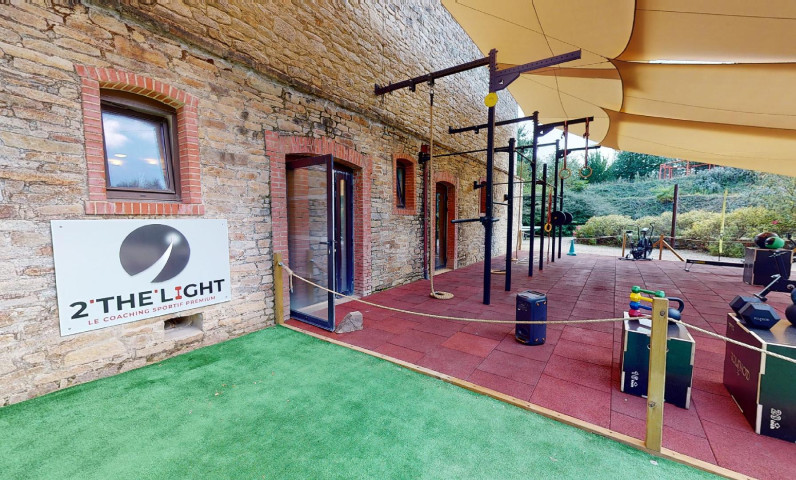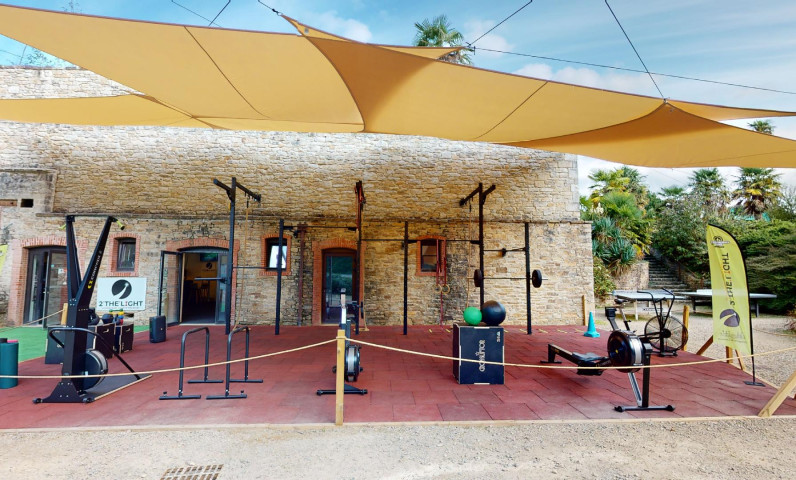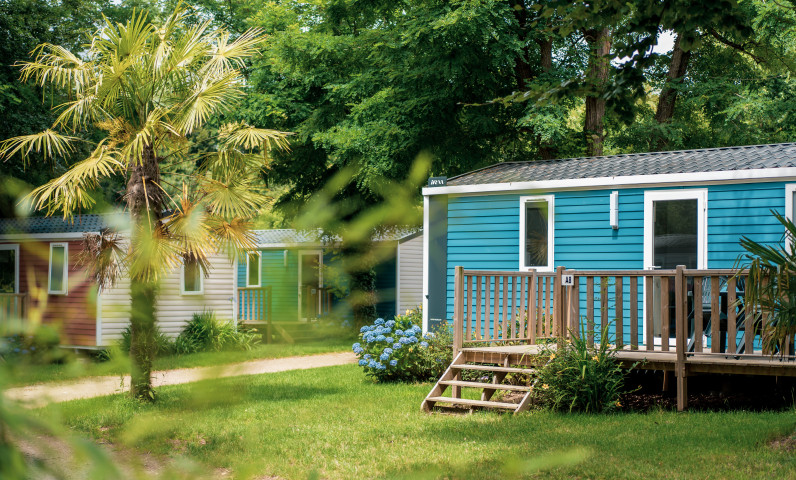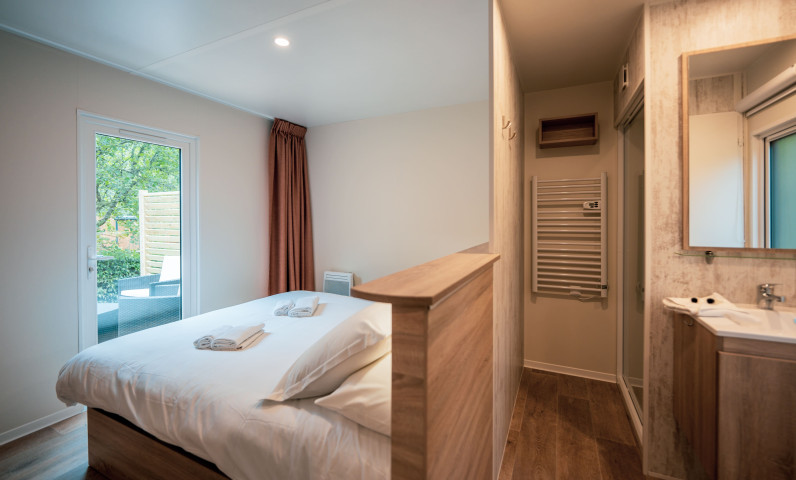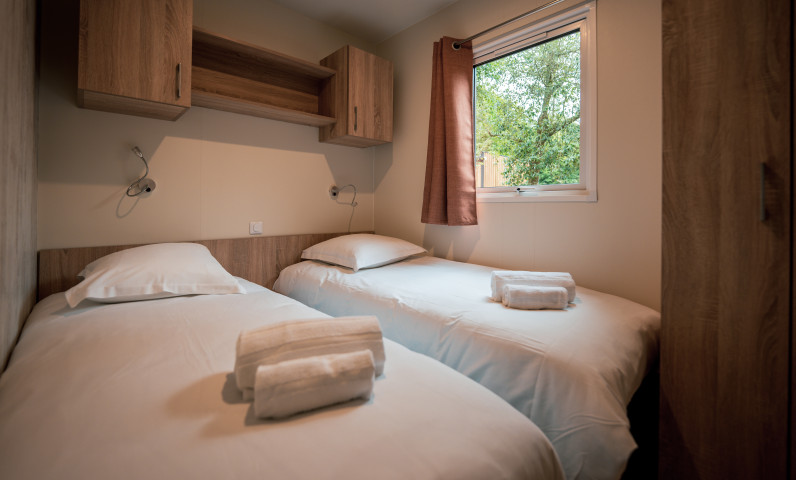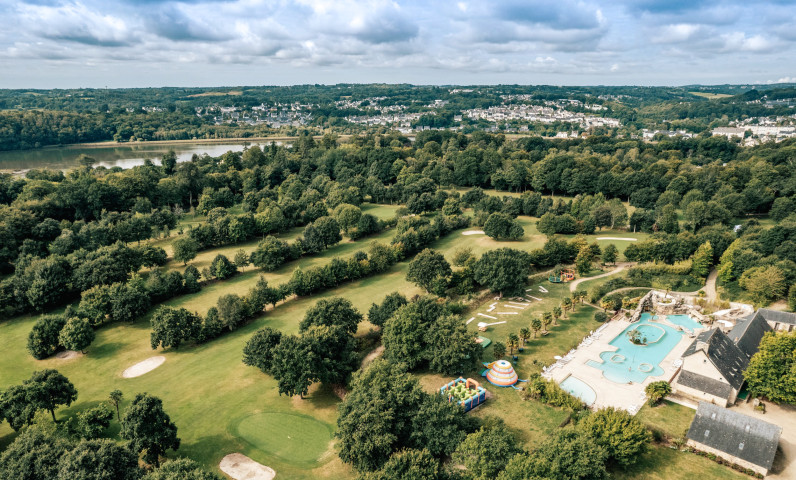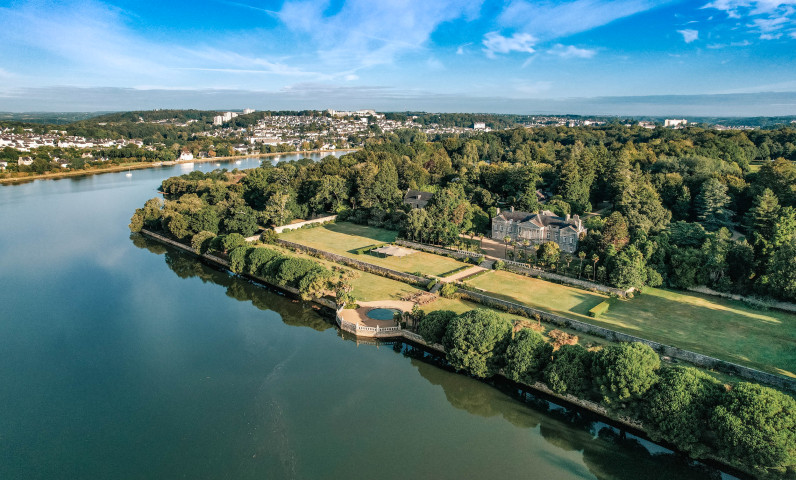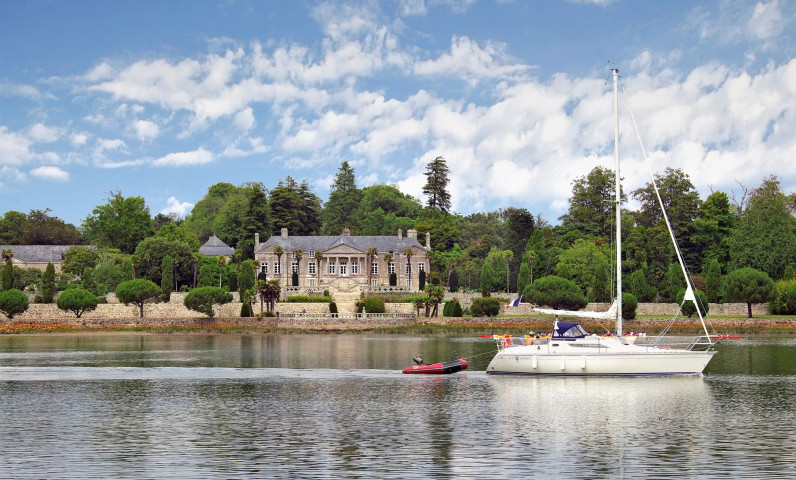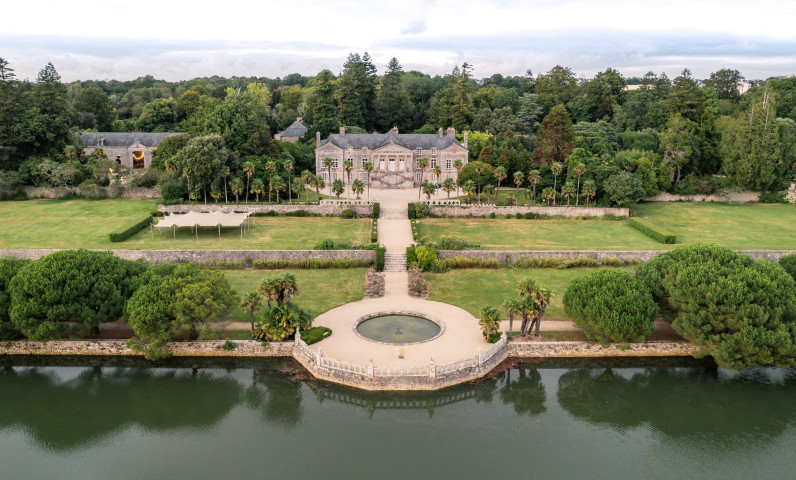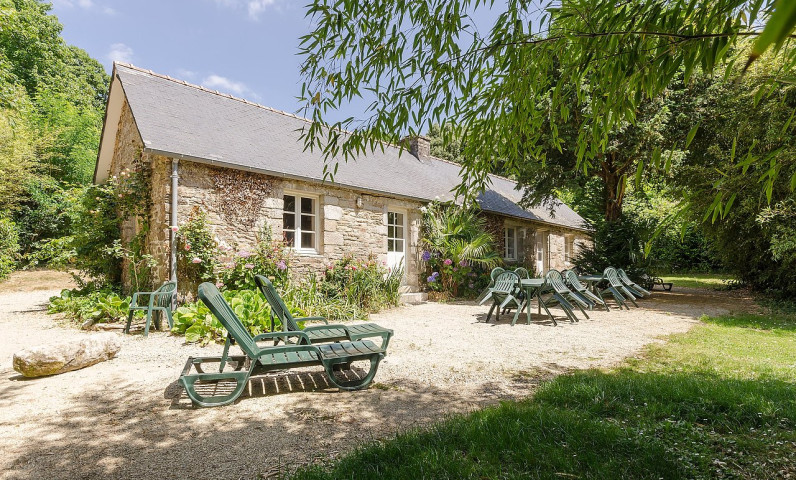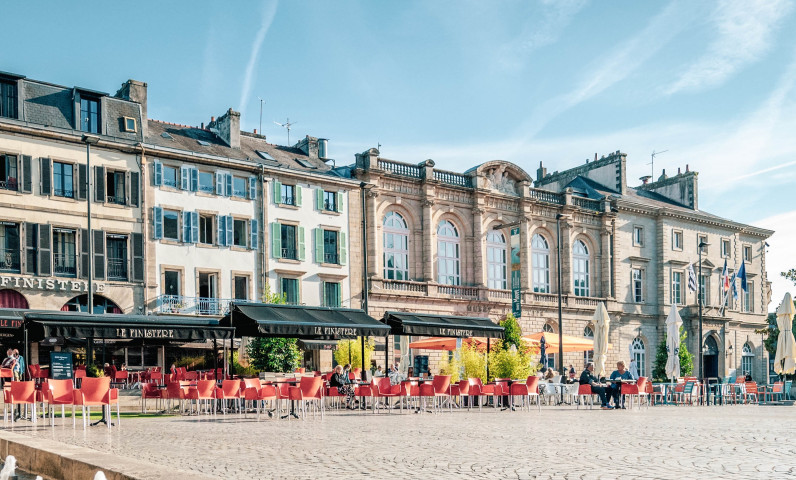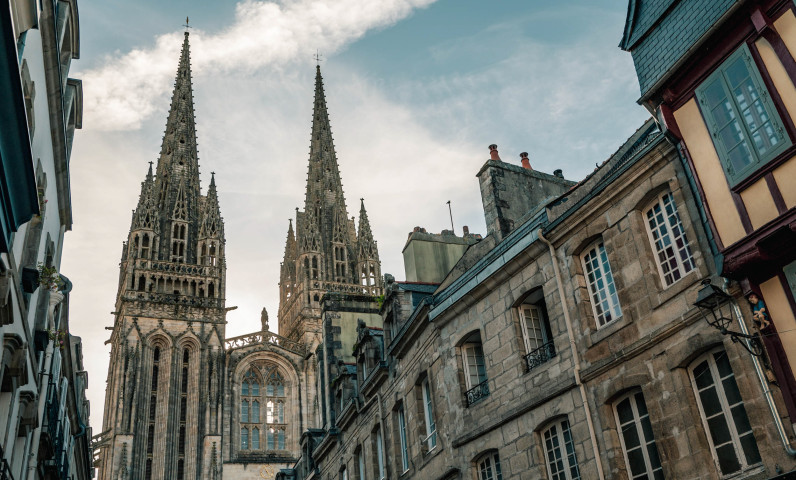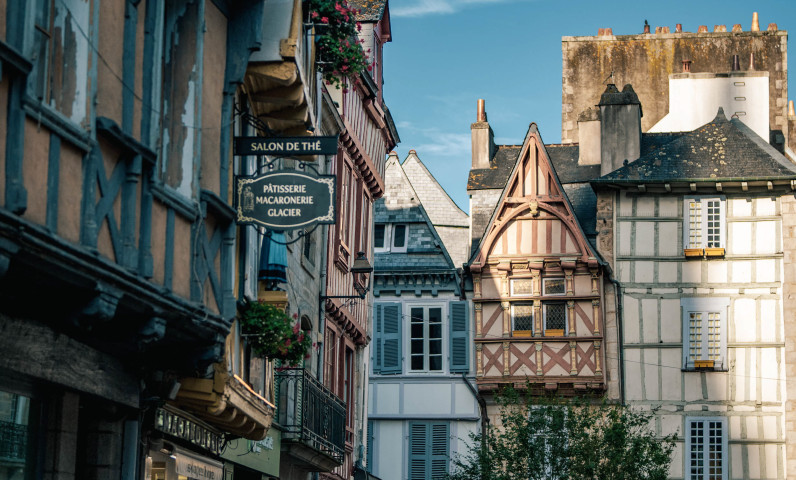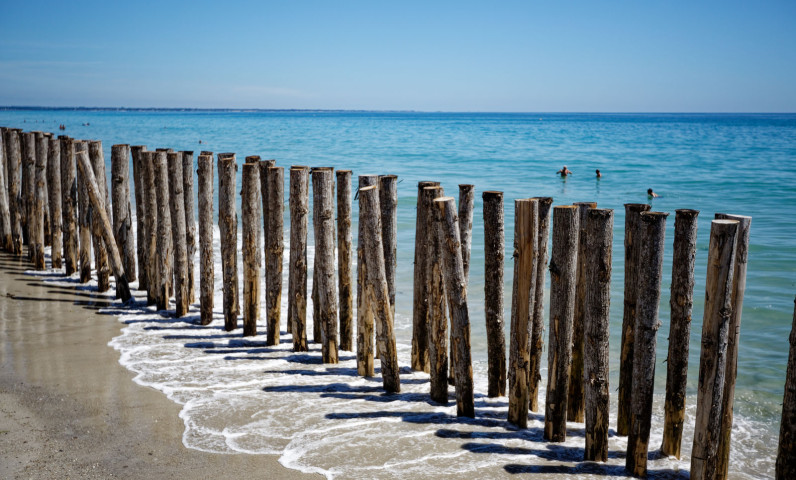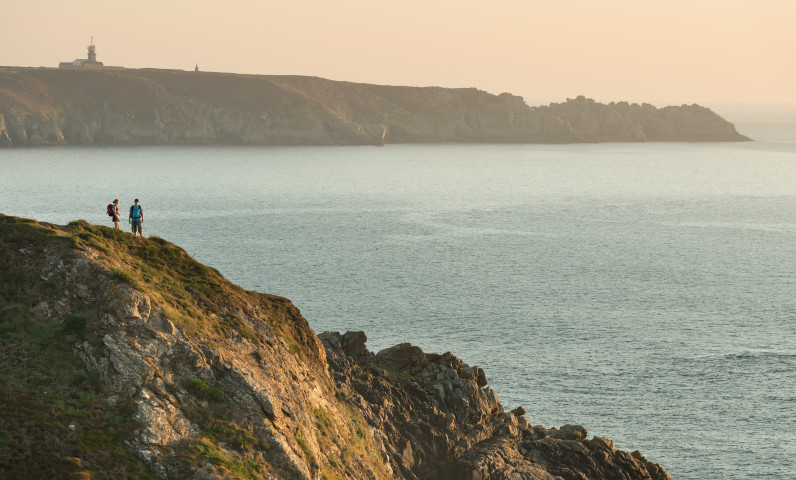LOCRONAN
Located 20 minutes from Quimper, this small town with a typically medieval character, the setting for many historical films (scenes from the movie "A Very Long Engagement" were shot within the village), Locronan was founded in 1505 by Anne of Brittany. Historically speaking, a land of tradition and a sacred Celtic enclosure, this town invites you to revisit the past during a stopover. Its fame and wealth are mainly due to the belief in Saint Ronan, who, in the 11th century, Christianized the place and gave birth to the town. La Belle Place recalls the village's history, with its granite houses and hydrangeas, Renaissance-style residences, old wells, and the 18th-century Church of Saint Ronan, among others.
The artisans' house will invite you to discover hand-weaving of linen, where 3 looms are in operation, and where various artisanal works and wood carvings are on display.
Beautiful square reminiscent of the village's history: granite houses built during the Renaissance, old wells, church...
"The Troménies": The "mountain of Locronan", overlooking the town, offers an original spectacle on pardon days, which are called "Troménies" here.
St-Ronan Church and Pénity Chapel: an imposing ensemble: the church dates from the 15th century and the chapel from the 16th century. The latter houses the funerary slab of St-Ronan (the origin of one of the first works in Kersanton).
St-Ronan Workshop: It perpetuates the artisanal tradition of hand-weaving table linen. Exhibition and sales room.
Artisans' houses: hand-linen weaving workshop with 3 looms. Exhibition of wood carvings and various artisanal works.
Museum: the ground floor is dedicated to the 19th century: Quimper faience, stoneware, local costumes... On the first floor: Troménies, old trades, numerous paintings...
Lanniron's favorite
The Locronan glassworks, which opened its doors in 1978, continually offers new, original creations. All of these are hand-made in keeping with the ancient tradition of glassblowers. You can admire their works or attend glass blowing demonstrations (by appointment).
Menez-Hom
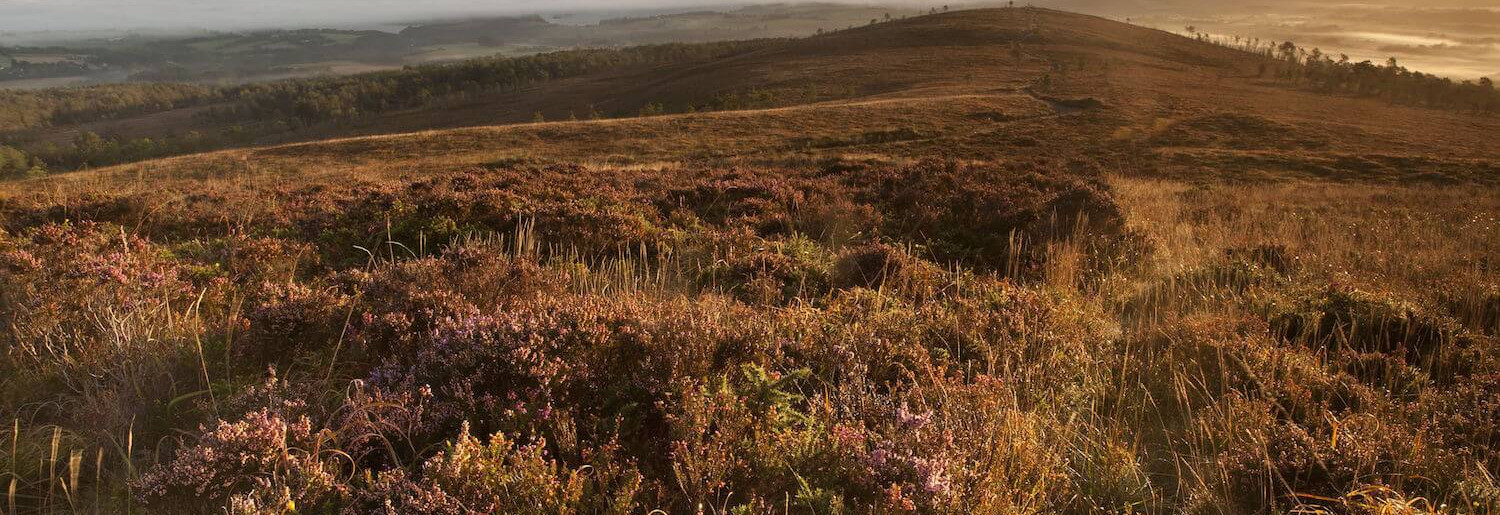
Menez-Hom is one of the highest peaks in Brittany, reaching 330 meters above the Crozon Peninsula. Nestled between land and sea, this mountain offers stunning views of the Douarnenez Bay to the south and the Aulne Valley to the north.
For extreme sports enthusiasts, Menez-Hom is one of the most famous trails in France. Nearby are three smaller hills: Run Vras (249 m), Run Vihan (225 m), and Run Askol (235 m). To the east-southeast, just north of the road leading to Châteaulin, Menez-Hom extends through an alignment of three mounds known as "les Trois Canards"; to the west.
330-meter summit: one of the largest Breton viewpoints (August 15th: folk festival)
Lanniron's favorite
During your walk, if you feel like it, extend it to St Anne la Palud to finish the stroll beautifully by the sea!
MORGAT

Morgat is located at the extreme west of Finistère, more precisely on the Crozon Peninsula. The magnificence of its landscapes and its marina have made it famous. This reputation has also been fueled by the city's cultural asset, particularly with the Festival du Bout du Monde. Charming caves can be visited at low tide during hikes. Morgat: a paradise between land and sea.
- The port
- The large caves: notably the multicolored Altar Cave.
- The small caves: accessible only at low tide. They separate the Morgat and Porzic beaches.
CAMARET-SUR-MER

The pilgrimages of Rocamadour practiced in the 11th century are the origin of the famous Rocamadour Chapel built in the 17th century. This chapel and the Vauban tower remind visitors of the city's historical and maritime past. A lobster port until 1990 and a seaside resort, the town of Camaret-Sur-Mer has been appreciated for its natural and historical heritage. Since the 19th century, this city has inspired numerous artists and writers.
- Notre-Dame de Rocamadour Chapel: from the 17th century. Origin: the pilgrimages of Rocamadour practiced from the 11th century.
- Vauban Castle: end of the 17th century. A naval museum evokes the city's historical and maritime past.
Lanniron's favorite
Take a detour to the St Thomas Quarter. This former commercial district, populated with shops of all kinds, has become over time, and especially with the arrival of sculptor Jean Claude Leroux in 1992, a district entirely populated by art craft shops and exhibition galleries. Discover its diversity; there is something to satisfy all tastes in art.
